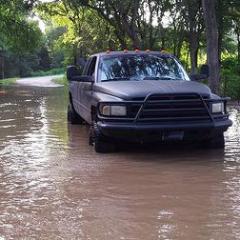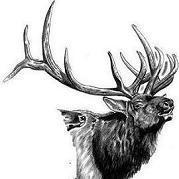- Replies 57
- Views 7k
- Created
- Last Reply
Top Posters In This Topic
-
Mopar1973Man 15 posts
-
Buzzinhalfdozen 9 posts
-
The_Hammer 7 posts
-
IBMobile 6 posts
Most Popular Posts
-
Look a this picture again TFaoro... I'm only 160 pound from GVWR. I have absolutely no need inflating to 80 PSI in the rear. I would be WAY over weight GVWR weights. Even loaded like this I
-
On some vehicles the GVWR is a fairly useful number, but on our trucks it is useless. Don't exceed FAWR/RAWR and/or tires and call it good. Your frame is the same as a 3500 DRW so why shou
-
Larger tires generally need less air per pound of weight than smaller ones, and 60 psi is a lot of air for a 285 and no load. The initial soft feel was probably the rubber being new and n








So I put a new set of Cooper Discover at3 tires on about 3,000 miles ago. I looked at them today and the fronts are still new at 16/32nds but the rears are already worn to 13/32nds maybe a little less.
-I'm not out doing burnouts or even launching starts.
-Little to no hauling or towing with these tires.
-Pretty much all highway miles with maybe 20 miles of dirt road.
-60psi
It should be noted that my last set of tires (Firestone Transforce AT) wore quickly also, about 20k and they were down to 4/32nds. I just chalked it up as junk tires.
So what gives, I know they're softer tires but at this rate I'll be lucky to make it through the winter.
One theory I have is maybe my rear limited slip isn't releasing and dragging the inside tire through corners? The only reason I say this is a while back something in the back made a binding/clanking noise through tight corners while I was towing. It sure sounded like an LS issue. Couldn't replicate the noise the next day and every thing looked good when I pulled the cover.
Any thoughts are appreciated cause tires ain't cheap!